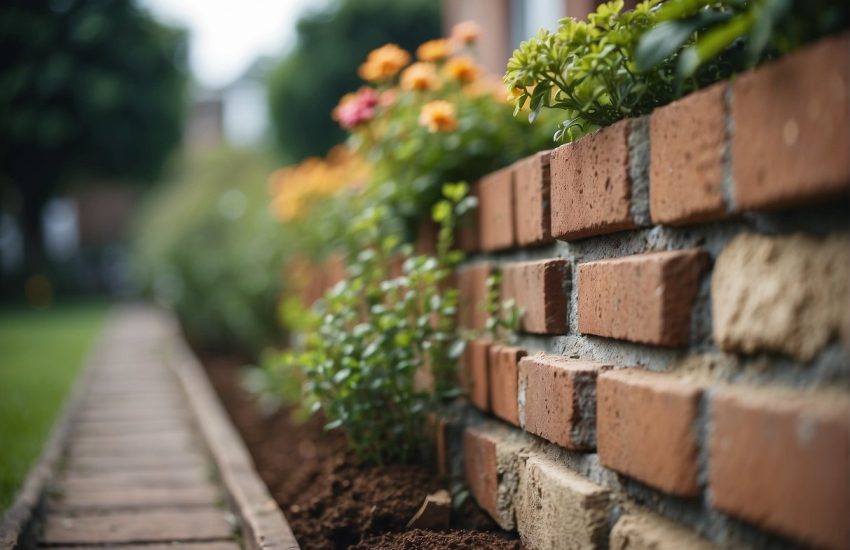Plants Similar to Agave: A Guide to Alternatives for Your Garden
Agave plants are a popular choice for gardeners and landscapers alike due to their unique appearance and low maintenance requirements. However, not everyone has the space or climate to grow these desert-loving succulents. Fortunately, there are several plants similar to agave that can provide a similar aesthetic without the same growing conditions.

One such plant is the yucca. Like agave, yuccas are succulents with long, pointed leaves that grow in a rosette pattern. They also share a similar desert-like appearance, making them a great alternative to agave. Yuccas are hardy plants that can tolerate a range of temperatures and soil conditions, making them a versatile choice for many gardeners.
Another plant similar to agave is the aloe vera. Like agave, aloe vera is a succulent with thick, fleshy leaves that grow in a rosette pattern. While aloe vera is typically smaller than most agave species, it still provides a similar look and feel. Additionally, aloe vera is known for its medicinal properties and is often used to treat burns and other skin conditions.
Understanding Agave and Its Lookalikes
Defining Agave Characteristics
Agave is a genus of succulent plants that are native to the Americas and are known for their blue-green leaves that form rosettes with sharp spikes at the tips. These plants are adapted to thrive in arid climates and are often used in landscaping due to their low maintenance requirements. Agave plants typically bloom once in their lifetime, producing a tall stalk with yellow flowers.
Agave plants require well-draining soil and full sun to thrive. They are hardy plants that can withstand drought and extreme temperatures, making them ideal for arid regions. Agave plants can grow to be quite large, with some species reaching up to 30 feet in height.
Common Agave Substitutes
There are several plants that resemble agave and are often used as substitutes in landscaping. Aloe, yucca, dyckia, furcraea, dracaena, and pineapple plants are all commonly mistaken for agave due to their similar appearance. These plants share several characteristics with agave, including their succulent leaves and ability to thrive in arid climates.
One of the most common substitutes for agave is the century plant (Furcraea foetida). This plant is often mistaken for agave due to its similar appearance, but it has several distinct characteristics, including longer leaves and a taller, more slender stalk. Another common substitute for agave is aloe vera, which has similar fleshy leaves arranged in a rosette pattern.
When selecting plants that resemble agave, it is important to consider the specific growing conditions of the planting area. Some agave substitutes, such as dracaena and pineapple plants, are tropical and require more moisture than agave. Others, such as yucca and bear grass, prefer full sun and well-draining soil, making them ideal for arid regions.
In summary, while agave plants are popular for their low maintenance requirements and striking appearance, there are several substitutes that can be used in landscaping. When selecting plants that resemble agave, it is important to consider the specific growing conditions of the planting area and choose a plant that is well-suited to those conditions.
Cultivation and Care of Agave Lookalikes

Optimal Growing Conditions
Succulent plants similar to agave are hardy and require minimal care. They are perfect for gardeners who want to add a touch of desert-like beauty to their landscape. These plants prefer a hot and dry climate, making them ideal for gardens in warm regions. They grow best in well-draining soil and full sun.
Agave lookalikes have fleshy leaves that store water, so they are sensitive to overwatering and prefer to be watered infrequently. In fact, these plants can survive for weeks without water. Therefore, it is important to let the soil dry completely before watering again.
Propagation and Maintenance
Propagation of agave lookalikes is easy and can be done through pups. These are small plants that grow at the base of the mother plant. Once they are large enough, they can be separated and replanted in a new location.
To maintain these hardy plants, it is recommended to fertilize them once a year with a slow-release fertilizer. This will provide them with the necessary nutrients to grow healthy and strong.
Agave lookalikes are generally hardy plants, but they are sensitive to cold temperatures. Therefore, it is important to protect them from frost and freezing temperatures. If you live in a colder climate, it is recommended to grow these plants as indoor plants.
In terms of pest control, agave lookalikes are generally not susceptible to pests or diseases. However, it is important to keep an eye out for mealybugs and spider mites. These can be controlled with insecticidal soap or neem oil.
In summary, agave lookalikes are hardy plants that require minimal care. They prefer well-draining soil, full sun, and infrequent watering. Propagation can be done through pups, and fertilization is recommended once a year. These plants are generally hardy, but sensitive to cold temperatures, so it is important to protect them from frost.


